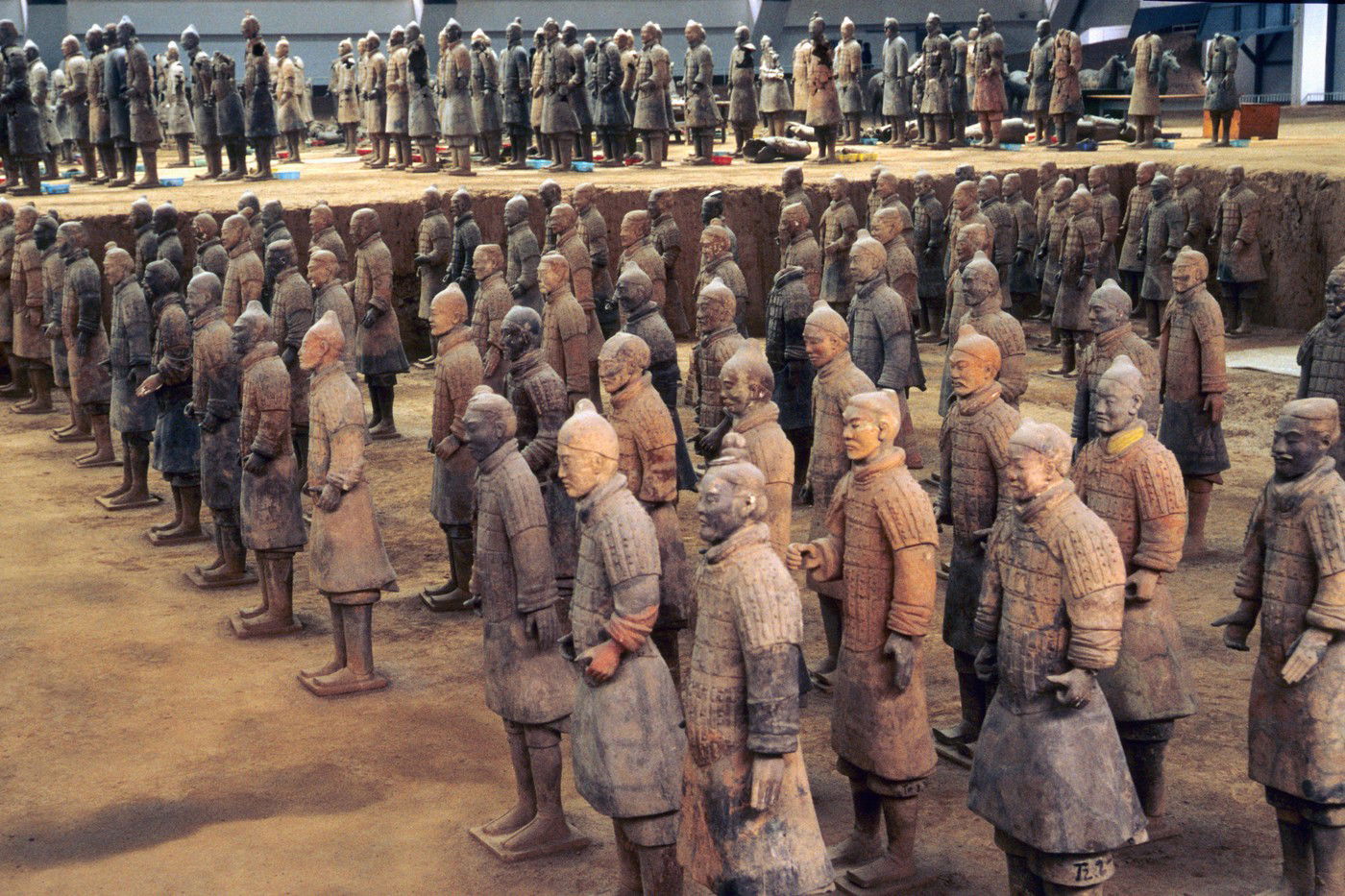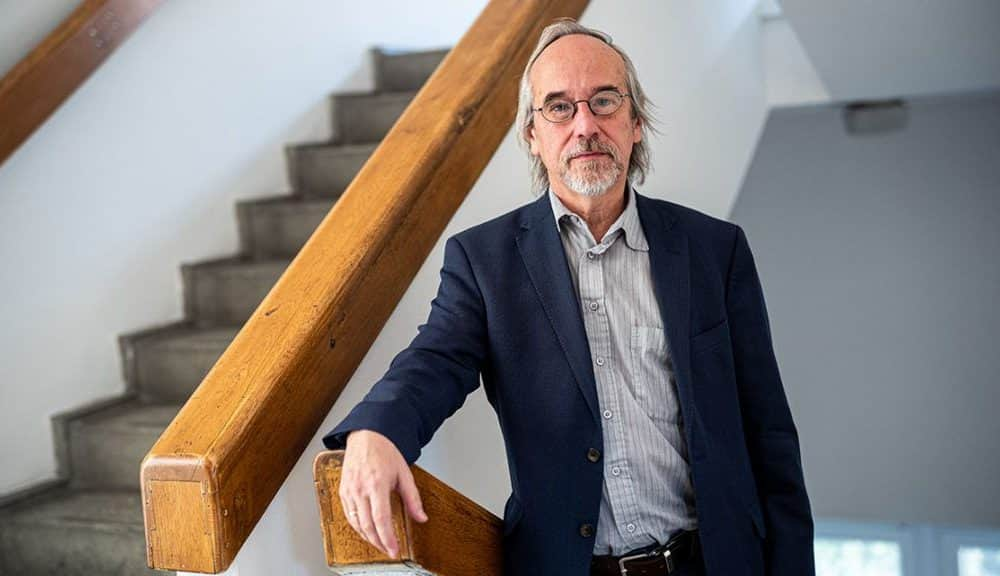One of the world’s leading chemistry journals, Nature Chemistry, has published the results of an experiment in which academician Eörs Szathmary and his colleagues demonstrated the mechanisms that could lead to the formation of proliferating cells at the dawn of life. They demonstrated that self-catalysis and sequestration of reactions in small droplets could be sufficient for the proliferation and growth of these ‘precursor cells’. It is conceivable that life on Earth originated through similar processes.
Autocatalysis was one of the most important chemical phenomena for the evolution of life. During catalysis, the speed of a chemical reaction increases because the substance that is not permanently transformed in the reaction (the catalyst) reduces the activation energy required for the reaction. Autocatalysis differs from this in that one of the reaction products acts as a catalyst. In other words, as the reaction takes place many times and more and more products are formed, more and more catalyst will also be produced, so the reaction can become self-exciting.
According to theories of evolutionary biology, long-term autophagy and fragmentation (that is, the creation, growth, and reproduction of separate cell-like structures) could be one of the key steps in the creation of life. Despite this, almost no one has yet succeeded in demonstrating that small molecule autocatalysis and fractionation can be achieved permanently in the same system. An international research group, a member of which was the evolutionary biologist Jörz Szátmyry, also a regular member of the Hungarian Academy of Sciences, has created a synthetic chemical system that proves that autocatalysis occurs in compartments (which can be called “pro-cells”) a process essential to the functioning of living cells The results of the experiment, published in the journal Nature Chemistry, support suggestions made decades ago by chemist Tibor Ghani.
“The scientific field of systems chemistry, i.e. the analysis and synthesis of different autocatalytic systems, was born thanks to the work of three leading scientific individuals: Manfred Eggen, Günter von Kiedrowski and Tibor Gante,” Jörz Szatmaare told mta.hu. “Systems chemistry is closely related to the search for the origin of life, because it studies systems that can be seen as a transition between chemical and biological evolution: more complex than simple molecules, but simpler than living cells.”
Autoreplicating microspheres were previously described by Tibor Gante in 1978. These still lack genetic material, but within their membrane they conceal a discrete (segmented) metabolic network and autocatalytic small molecules. While the autocatalytic process is taking place, the substance that builds the membrane is produced, which eventually causes the sphere to split. This system may look like a living cell, and although it lacks genetic material, this can only be verified experimentally. According to Szathmáry’s definition, these microspheres can be considered an “infrabiological” chemical system, since they do not reach the level of biological organization, but are already beyond the complexity of ordinary chemical reactions.
Andrew Griffiths and colleagues conducted the experiment on which the study was based in the biochemistry laboratory of the ESPCI (Higher School of Physics and Industrial Chemistry) in Paris. Griffiths is famous for the fact that he developed the partitioning technique in the laboratory at the University of Cambridge, which can be used to produce small compartments, which are not only useful in evolutionary research, but can also aid in the development of biotechnology. In the first Eörs Szathmáry (European Research Council) Advanced Research Grant ten years ago, Griffiths was the co-investigator as well as the academic, hence their collaboration.
“At the time of carrying out these studies, we began to think about the fact that the process should also be carried out experimentally, when the growth of the metabolic network of a small molecule leads to the fact that the parts that surround the network also grow, or they can split due to some influence – continues Eörs Szathmáry. – Description Tibor Gánti has already shown that one of the most promising candidates for this system is the formose reaction, i.e. autocatalytic gluconeogenesis, which consumes formaldehyde and involves the circular transformation and replication of glycol-aldehyde molecules. The reaction does not require enzymes.”
In the experiment, tiny droplets of water were created in an oily medium, which were not combined, so they behaved like artificial cells. Glycolaldehyde was added as an autocatalyst to some “cells” (in addition to formaldehyde as a nutrient), but not to others. In the first group, the Formos reaction is initiated and, through osmosis, absorbs water from the non-glycolaldehyde compartments. Because of this, they begin to grow and are able to split under external influence. According to many researchers, before the advent of controlled cell division, protocells divided due to external influences, such as turbulent flow. Since this requires an external influence, this mechanism can only be considered as semi-autonomous (partially independent) reproduction. But according to Eörs Szathmáry, if the effect is reliably present in the environment, then the system can function sustainably.
“We are proud of this article for several reasons. On the one hand, we have proven by experience that it is possible to create transitional organizations between chemical and biological systems, the academician said. – And on the other hand, I am especially glad that ideas that have been neglected for so long by a Hungarian scientist , Tibor Ghani, is beginning to bear fruit. All this shows that the development of today’s science is not clear and intuitive. Although we believe that today’s discovery of a result can only happen after decades, this experience proves that such errors still occur even Today. The development of science is a mosaic: some elements move quickly, while other parts can freeze for decades.” According to the researchers, the whole experiment can be interpreted as an analogy, they do not believe that real living cells were formed from these components billions ago years. At the same time, the formase reaction itself could have already played a role in the transition between chemical and biological evolution, as the reaction produces sugars that can be used to build organic molecules by autocatalysis. Although we do not know of any bacteria in which the formase reaction is the core of the metabolism, according to Eörs Szathmáry, in the early stage of development, completely new biochemical systems may have replaced the previous ones, so it cannot be ruled out that the form reaction participated in the origin of life.
The big question is where did chemical evolution change to biological evolution. “The nature of inheritance distinguishes the two from each other – believes Eörs Szathmáry. – Even some chemical systems are capable of forming limited genetic systems, which allow stable reproduction. But with the advent of nucleic acids, a completely different situation arose, since even relatively short DNA ( which consists of a hundred building blocks) can have a practically infinite number (1.6 x 1060) of different sequences. The combinatorial explosion of heritable states marks the beginnings of real biology.”
According to the researcher, the importance of this study is that “we showed for the first time in the world that the operation of the reaction network consisting of small molecule autocatalytic processes, even without genetic material and enzymes, leads to the fact that compartments begin to grow and divide, that is, new generations are created from them.
No one has ever been able to prove this before, so the result is of fundamental importance in experimental verification of principles of system chemistry, and it points the way in research into the origin of life.”
source: mta.hu












































